Planting For Pollinators

Pollinators are important! Native bees account for the pollination of most of our food supply, and we can play a key role in helping to support them. No matter the size of your garden space, you can help. Choose to plant a diverse range of plants that provide food, nectar, and shelter for our buzzing buddies, keeping them safe and thriving. Here’s how to make your garden a better haven for pollinators.
Include Native Plants In Your Landscape
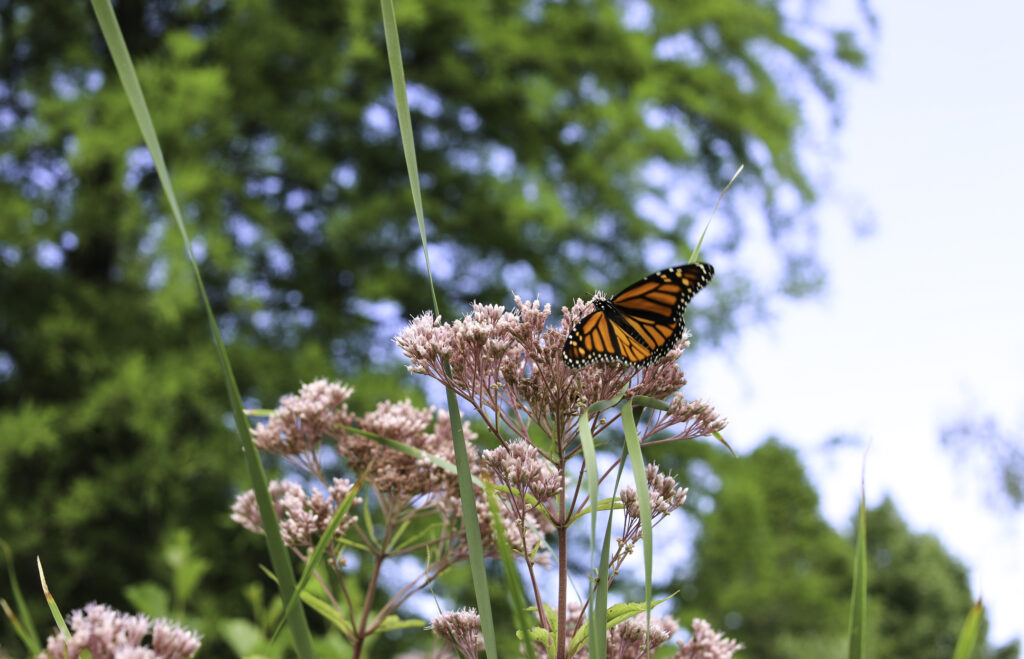
Plants that are native to Ontario are adapted to our climate, and have a symbiotic relationship with the insects and animals of our area. They’re more resistant to pests and diseases, and are an important part of the food supply of local bees and butterflies. Here are just a few of the perennial native plant species (as well as cultivated varieties of those native plants) you’ll most commonly find in TERRA garden centers throughout the spring and summer seasons:
- Agastache (Anise Hyssop)
- Aster
- Arctostaphylos (Bearberry)
- Monarda (Bee Balm)
- Rudbeckia (Black Eyed Susan)
- Gaillardia (Blanket Flower)
- Cimicifuga (Bugbane)
- Cornus (Bunchberry)
- Aquilegia (Columbine)
- Baptisia (False Indigo)
- Heliopsis (False Sunflower)
- Allium (Flowering Onion)
- Tiarella (Foam Flower)
- Dicentra (Fringed Bleeding Heart)
- Aruncus (Goatsbeard)
- Solidago (Goldenrod)
- Polemonium (Jacob’s Ladder)
- Eupatorium (Joe Pye Weed)
- Anthyrium felix-femina (Lady Fern_
- Liatris (Blazing Star)
- Thalictrum (Meadow Rue)
- Aesclepias (Milkweed)
- Matteuccia (Ostrich Fern)
- Penstemon
- Dodecatheon (Shooting Star)
- Leucanthemum (Shasta Daisy)
- Artemesia (Wormwood)
- Polygonatum (Solomon’s Seal)
- Hesperis (Sweet Rocket)
- Coreopsis (Tickseed)
- Trillium
- Chelone (Turtlehead)
- Viola (Johnny Jump-Up)
- Asarum (Wild Ginger)
- Gaultheria (Wintergreen)
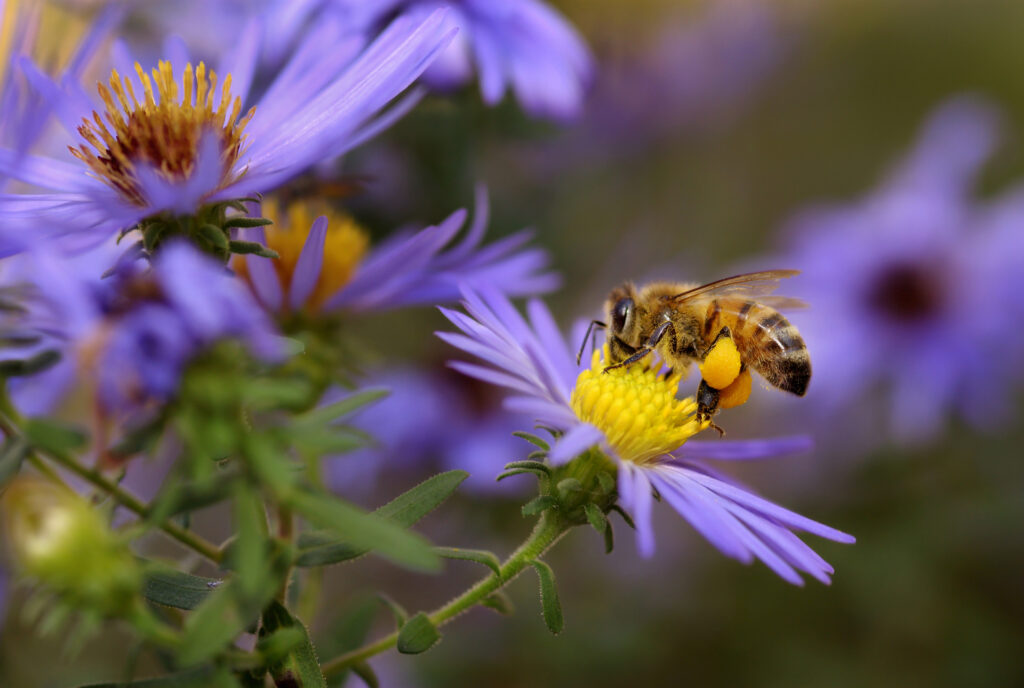
Include Diverse Blooming Plants In Your Garden
As well as enjoying some specific native plants for nesting, breeding, and eating, many pollinators rely on nectar from a variety of sources. Offering a range of blooming plants helps to ensure that they can get what they need. Choose plants that flower in succession throughout the spring, summer and fall seasons. You’ll find blooming annuals, a huge selection of perennials, and flowering shrubs and trees at TERRA locations throughout the entire growing season.
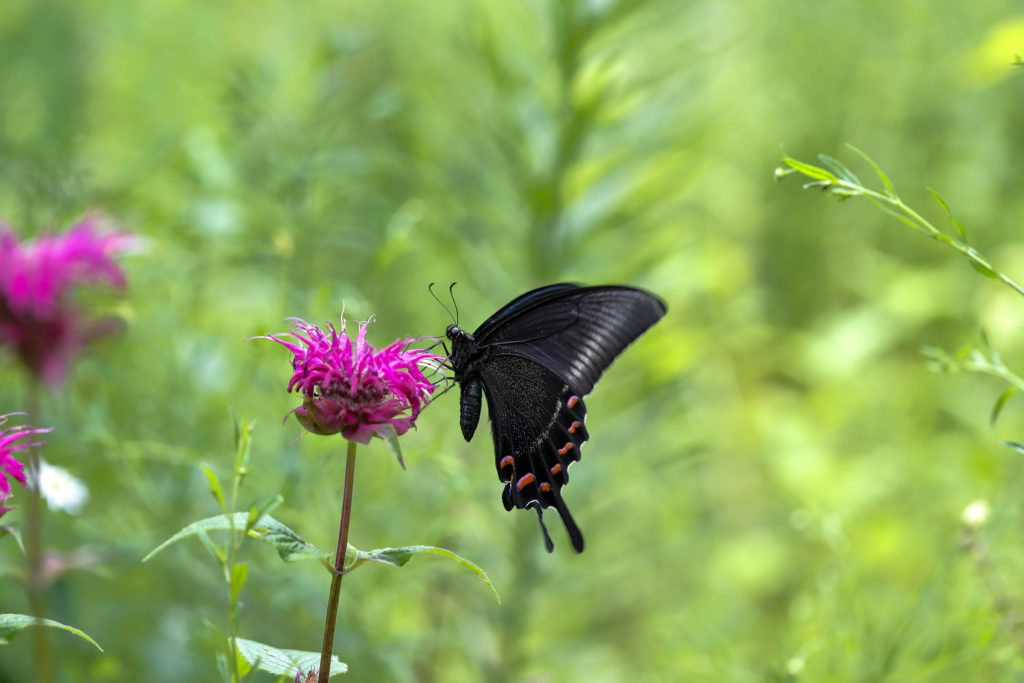
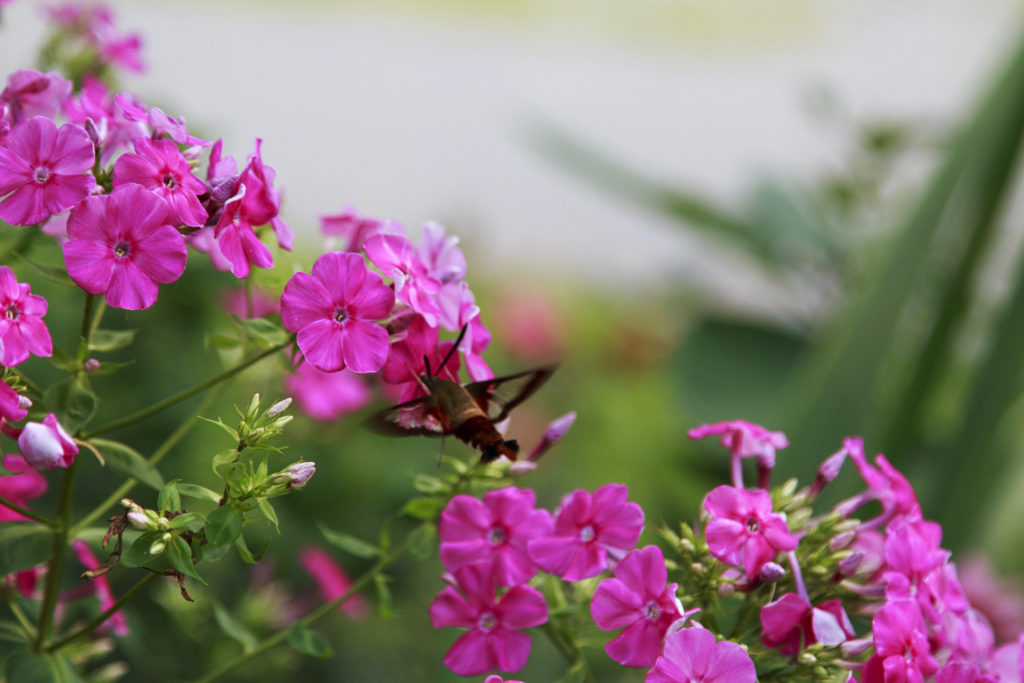
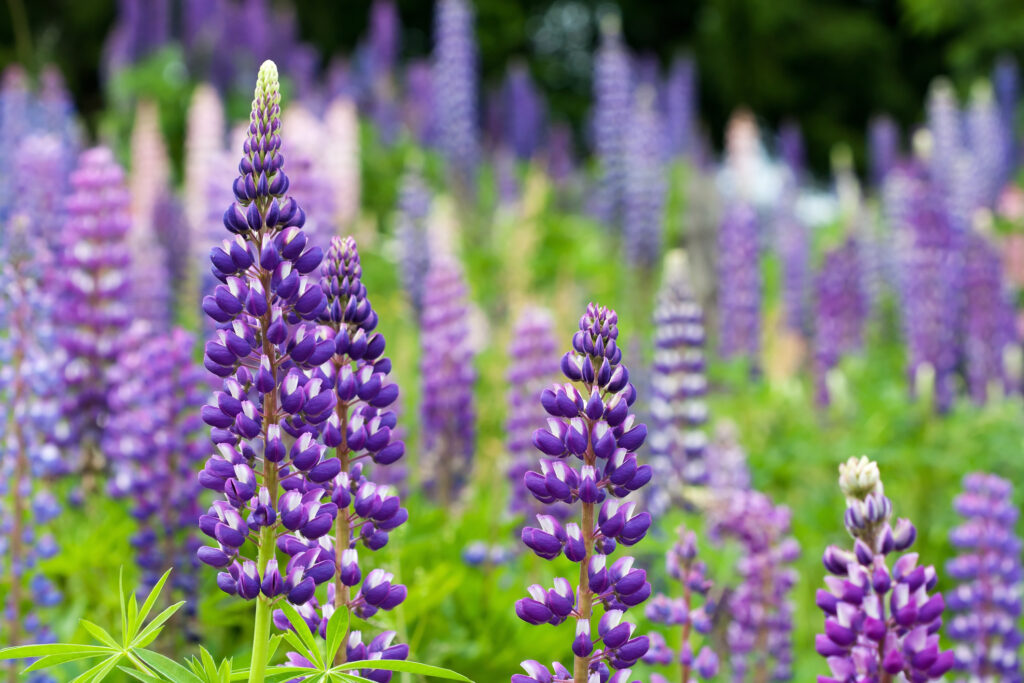
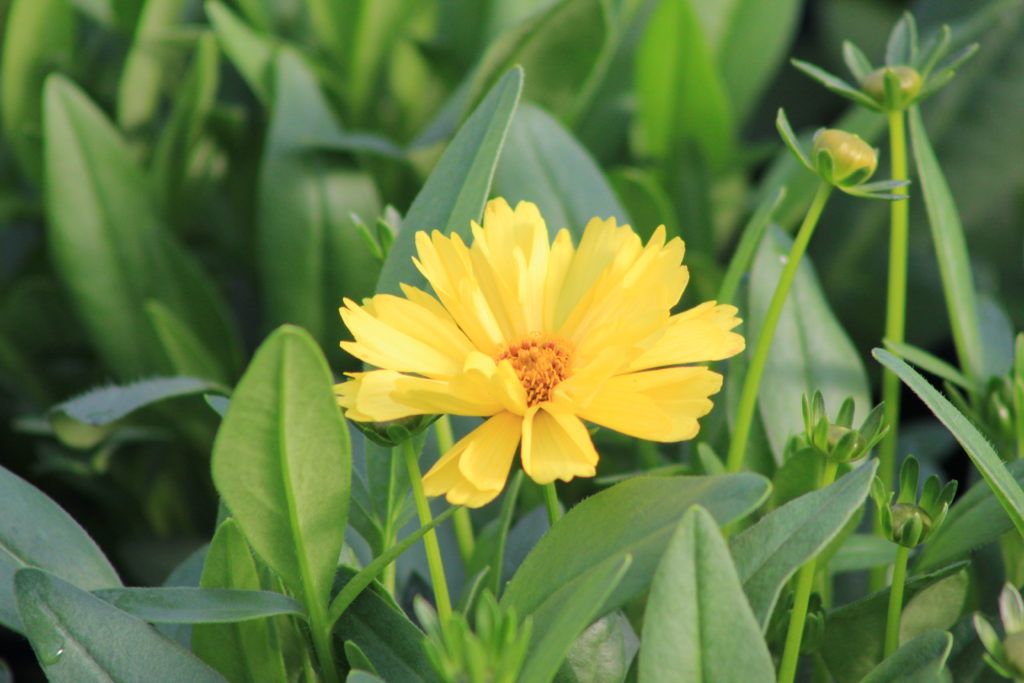
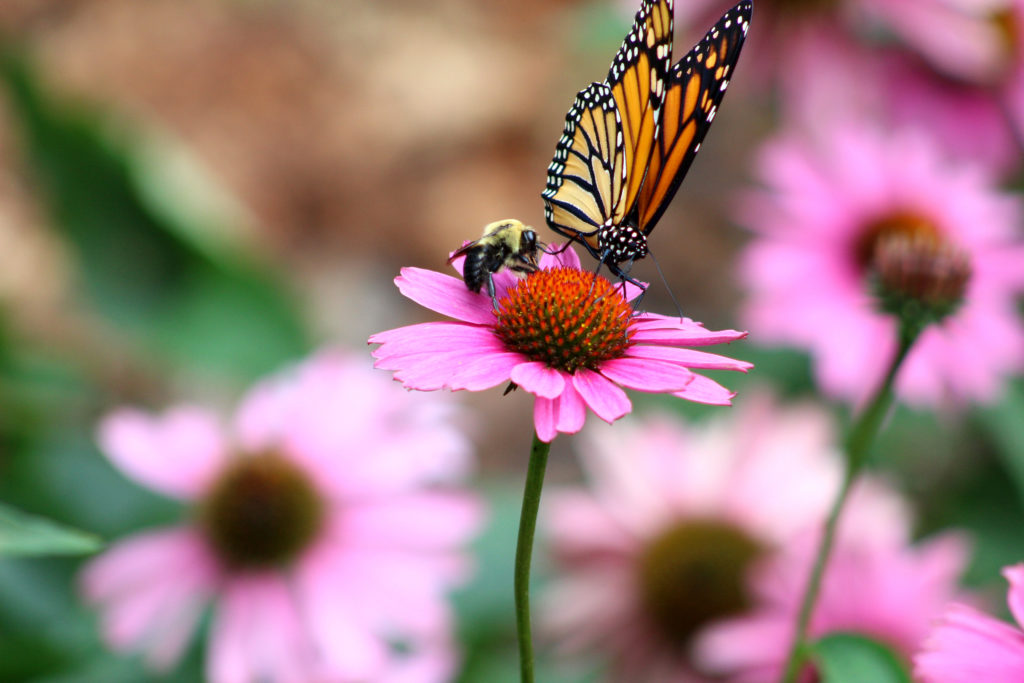
Provide Water In Your Garden
We don’t often consider this, but bees and butterflies need water, too! This isn’t as challenging in the spring, when rain is abundant. In the long, hot days of summer, though, pollinating insects and birds need some hydration as much as we do.
Including a running fountain, a larger water feature like a pond or pondless waterfall, or even something as simple as a birdbath can greatly increase the number of pollinators in your space. Water features are also excellent for increasing the number and variety of songbirds in your landscape. Watching birds in the yard is a thrill for many gardeners.
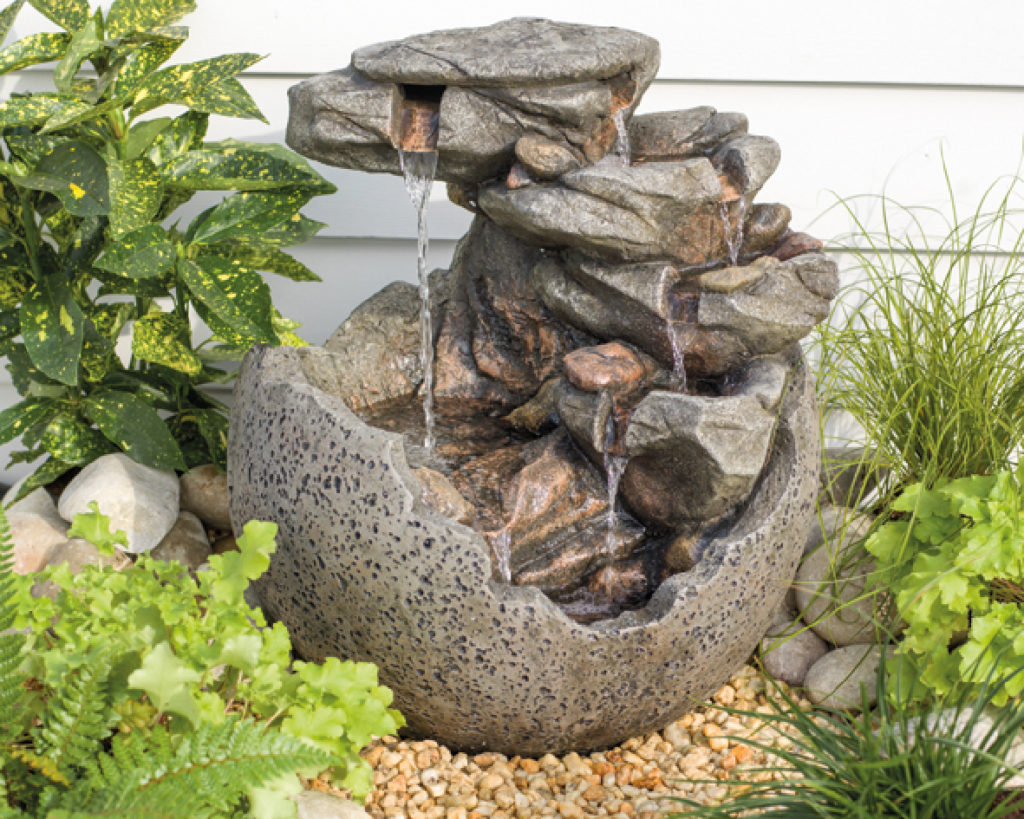
Provide Shelter & Nesting Opportunities
Many people think of bees as living in large colonies or hives. However, most of our native bee species are solitary. They often live in holes in the ground, in trees, or in fallen debris. A “messy” garden or an unmown section of yard can be an ideal environment for pollinators! In addition, bee and butterfly habitats can provide a safe haven for vulnerable insects. They offer shelter from inclement weather, protection from predators, and a place to lay eggs. You can create your own pollinator habitat with our take-home kits – they’re a perfect project to complete with kids!
